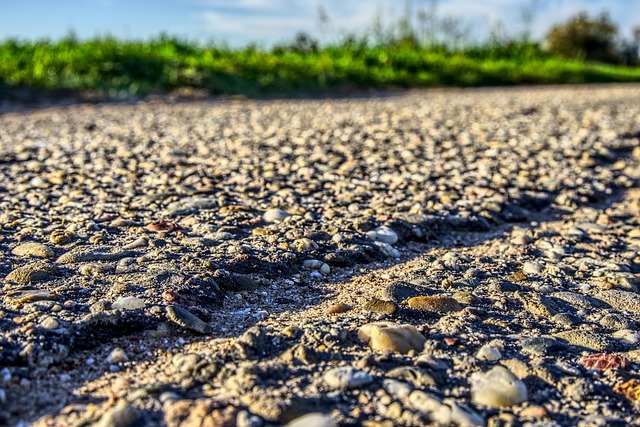The escalating effects of climate change have become a pressing concern, reverberating through various sectors of society. One of the most significant yet often overlooked areas impacted is education. As extreme weather events become more frequent and severe, the repercussions on our educational institutions and the learning experiences of children cannot be underestimated.
Picture this: a school building standing resilient against the backdrop of catastrophic weather events. Students rely on these structures to be safe havens during their formative years. However, with rising sea levels, unpredictable storms, and extreme temperatures, many schools face the daunting challenge of physical safety, which impacts attendance and learning outcomes. In regions frequently hit by hurricanes or wildfires, school days are often canceled, creating significant disruptions not just for students, but for families and communities.
Moreover, the classroom environment plays a crucial role in education. Climate change alters this environment, both literally and figuratively. Crumbling infrastructure due to flooding or extreme weather can lead to temporary closures or the complete destruction of educational facilities. Every day a student spends out of the classroom is a day lost in their educational journey, widening the achievement gap and perpetuating cycles of disadvantage. Schools in marginalized areas are particularly vulnerable, and this inequity raises urgent questions about access to quality education.
Additionally, the psychological impacts of climate change on students should not be downplayed. Witnessing natural disasters or living in constant fear of them can lead to anxiety and trauma. The emotional toll can distract students from their studies, resulting in lower grades and decreased motivation to learn. Hence, as educators and policymakers grapple with climate resilience, the mental well-being of students must be a priority. Implementing programs that foster emotional intelligence and provide mental health support can help students navigate their feelings and remain focused on their studies.
Moreover, climate change education itself has emerged as a critical area of focus. As the world confronts these urgent environmental issues, educating the next generation about sustainability, conservation, and climate resilience becomes paramount. Schools play a crucial role in shaping tomorrow’s leaders and innovators. Integrating climate education into curricula not only empowers students with the knowledge they need to face future challenges, but also helps them become advocates for their communities. By nurturing a sense of responsibility towards the environment, schools can inspire students to enact positive change.
However, it is essential that teachers and school leaders are equipped with the resources and training to provide this education effectively. Professional development programs should focus on climate science and integration of environmental themes into diverse subjects. When educators receive support in this area, they can foster discussions that are relevant and applicable to students’ everyday lives, thereby enhancing engagement and comprehension.
Furthermore, collaboration between educational institutions, local governments, and environmental organizations is crucial. By joining forces, they can create community-based programs aimed at mitigating the effects of climate change. These partnerships can provide students with firsthand experiences, such as participating in tree planting or learning about renewable energy solutions. Such initiatives foster a direct connection to environmental stewardship and cultivate a lifetime passion for protecting the planet.
In conclusion, the intersection of extreme weather and education paints a complex and troubling picture. It is essential for educators, policymakers, and communities to understand the profound impact that climate change has on the learning environment. Only through collective action can we aim to create resilient educational systems that not only withstand the challenges posed by our changing climate but also prepare students to thrive in a world that demands adaptability and innovation.




